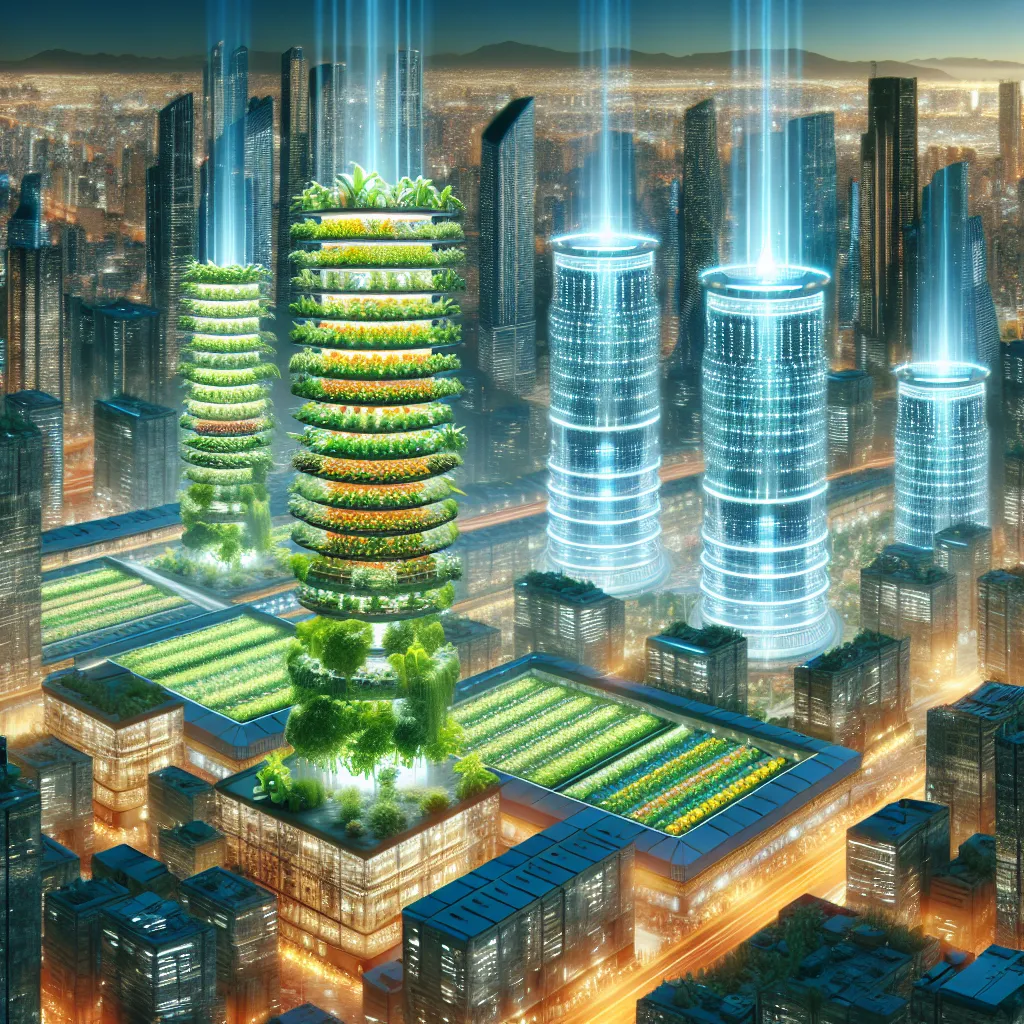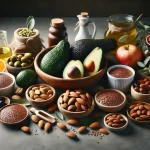Lab-Grown Meat: The Future of Sustainably Sourced Protein
Lab-grown meat, also known as cultured or cultivated meat, is a groundbreaking innovation in the food technology industry and holds the promise of revolutionizing the way we consume protein. As the global population continues to grow and the demand for meat rises, traditional animal agriculture is facing increasing challenges in meeting the needs of a sustainable and ethical food supply.
Lab-grown meat offers a compelling solution to these challenges by providing a method of producing real meat products without the need for raising and slaughtering animals. The process involves harvesting animal cells and cultivating them in a laboratory setting, where they are nurtured into edible meat that is virtually indistinguishable from conventionally farmed meat in taste and texture.
From an environmental perspective, lab-grown meat has the potential to significantly reduce the environmental impact of meat production. It requires fewer resources such as water and land, and produces lower greenhouse gas emissions compared to traditional livestock farming. This sustainable approach to meat production aligns with the growing consumer demand for ethically sourced and environmentally friendly food options.
Furthermore, the ethical implications of lab-grown meat are noteworthy, as it eliminates the need for raising animals in confined spaces and slaughtering them for food. This addresses concerns regarding animal welfare and presents a more humane alternative for obtaining meat.
While lab-grown meat is still in the early stages of development and not yet widely available, ongoing advancements in food technology are rapidly driving its commercialization. As the technology continues to evolve, it has the potential to become a key component of the future food industry, offering a sustainable and ethical source of protein to meet the needs of a growing global population.
3D-Printed Food: Revolutionizing Culinary Creation
3D-printed food is one of the most exciting innovations in the culinary world, revolutionizing the way we think about food creation and consumption. This cutting-edge technology allows for the precise layering of ingredients to build intricate and customized edibles, opening up a world of possibilities for chefs and food enthusiasts alike. The process involves using edible raw materials, such as pureed fruits, vegetables, and proteins, which are loaded into the 3D printer to form layers and create unique shapes and textures.
One of the key advantages of 3D-printed food is its potential to address issues such as food waste and resource efficiency. By utilizing precise amounts of ingredients, this technology enables the production of food with minimal waste, as well as the ability to personalize nutritional content to meet individual needs. Furthermore, 3D-printed food has the potential to tackle challenges related to food accessibility in remote or underprivileged areas by providing innovative solutions for creating and serving nourishing meals.
As 3D-printed food continues to evolve, it has the potential to disrupt traditional culinary practices, leading to new sensory experiences and flavor combinations. Additionally, the customization capabilities of 3D printing allow for the development of foods tailored to specific dietary requirements or preferences, opening up new avenues for personalized nutrition.
With ongoing research and development in this field, 3D-printed food is poised to transform the way we produce, experience, and interact with food, offering a glimpse into the future of culinary innovation and sustainability.
Insect-Based Cuisine: Exploring Sustainable Protein Alternatives
As we look towards the future of food, one of the most intriguing developments in food technology revolves around the exploration of insect-based cuisine as a sustainable protein alternative. With the rising concerns about environmental impact and food security, insects are gaining attention for their potential to address these challenges. Insects are remarkably efficient at converting feed into protein, requiring significantly less water, land, and feed compared to traditional livestock. This makes them a compelling and sustainable source of nutrition for the growing global population.
Despite the cultural barriers in many Western societies, insect-based cuisine has been gaining traction in recent years, with chefs and food innovators incorporating insects into gourmet dishes and snacks. The nutritional benefits of insect consumption are also noteworthy, as they are rich in protein, healthy fats, vitamins, and minerals. Additionally, many insects are a natural part of traditional diets in various cultures around the world, providing a familiar flavor for a substantial portion of the global population.
Furthermore, food technology is playing a vital role in transforming insects into palatable food products. From cricket flour to mealworm snacks, innovative processing techniques are being developed to create tasty and nutritious insect-based food items. These products not only offer a sustainable protein source but also contribute to the diversification of the food market and offer consumers new and exciting culinary experiences.
In conclusion, insect-based cuisine presents a promising avenue for sustainable protein alternatives in the future of food. With ongoing innovation in food technology and a growing awareness of environmental sustainability, insects are positioned to play a significant role in shaping the way we eat. As consumer acceptance and technological advancements continue to progress, insect-based cuisine has the potential to revolutionize the food industry and contribute to a more sustainable and resilient global food system.
Smart Farming: Harnessing Technology for Next-Generation Agriculture
Smart farming, also known as precision agriculture, is revolutionizing the way we grow and produce food. By harnessing advanced technologies such as IoT (Internet of Things), AI (Artificial Intelligence), and big data analytics, smart farming aims to optimize crop yields, minimize resource wastage, and ensure environmental sustainability. One of the key innovations in smart farming is the use of precision agriculture techniques, which involve the deployment of sensors to monitor and collect data on soil conditions, crop health, and weather patterns in real time. This data is then analyzed to make informed decisions about irrigation, fertilization, and pest control, leading to more efficient and sustainable farming practices.
Furthermore, the integration of automation and robotics in smart farming is streamlining labor-intensive tasks such as planting, harvesting, and sorting. This not only increases operational efficiency but also addresses labor shortages in the agricultural sector. Additionally, vertical farming, utilizing controlled-environment agriculture (CEA) technologies, is gaining traction as a sustainable solution for urban food production. By growing crops in vertically stacked layers, often in indoor environments, vertical farming minimizes the use of land and water while maximizing crop output.
In conclusion, smart farming represents the next frontier in agricultural innovation, offering the potential to address food security challenges and reduce the environmental impact of food production. With ongoing advancements in technology, smart farming is poised to play a pivotal role in shaping the future of food and agriculture.




